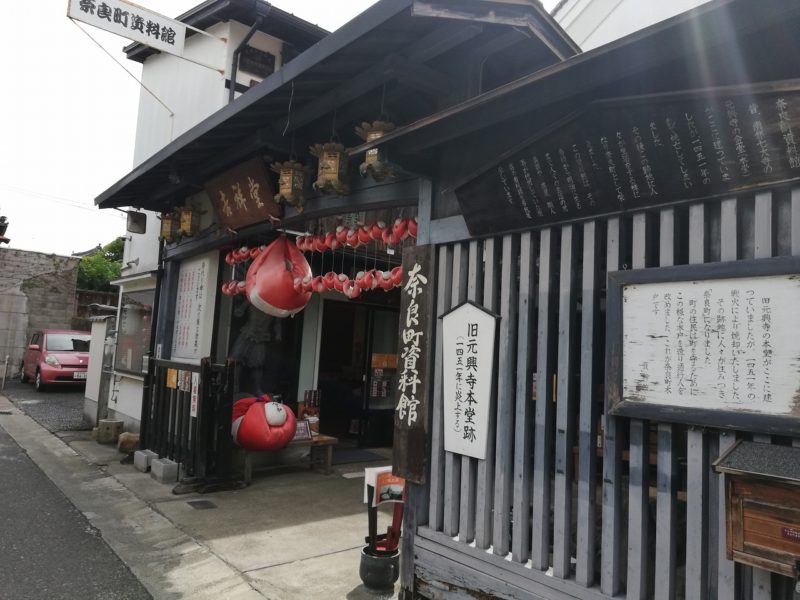
Naramachi Museum, KOSHIN-SAN
| 漢字(Kanji) | 奈良町資料館 |
| ひらがな | ならまちしりょうかん |
| ローマ字 | Naramachi Shiryokan |
Naramachi Museum:
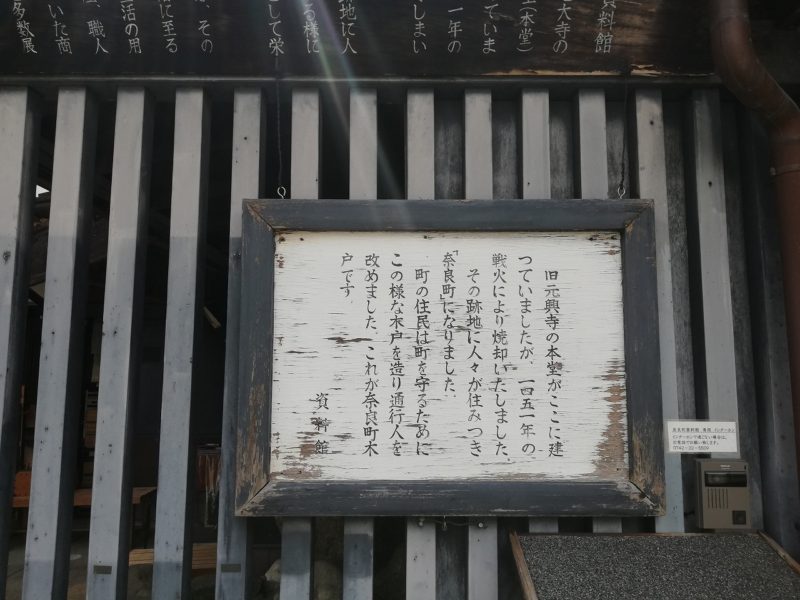
Sites of Original Gangoji temple Main Hall 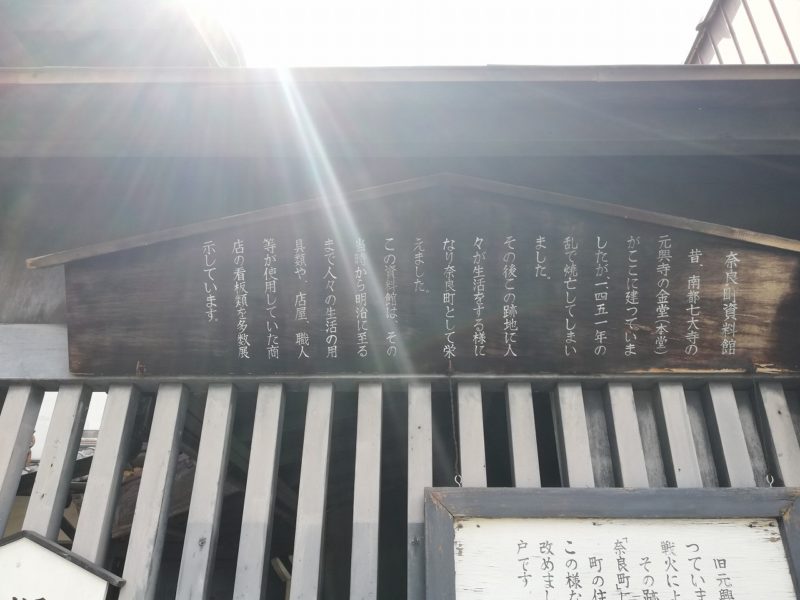
Sites of Original Gangoji temple Main Hall 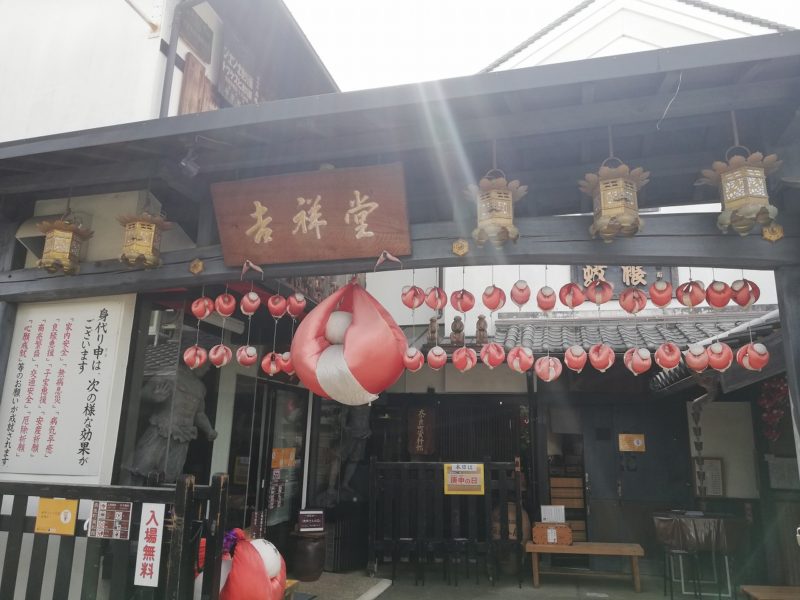
Entrance, Naramachi Museum(Shiryokan)
In Nara period, the main hall of Gango-ji Temple, one of Nanto Shichidaiji (South Capital Seven Great Temples) was built here, but it was destroyed by fire in 1451. After that, people began to live on this site and prospered as Naramachi. This museum exhibits a large number of tools for people’s lives from that time to the Meiji era, as well as signboards for shops used by shops and craftsmen.
Entrance, Big Migawari-zaru with “Reiwa era 令和” and Togenuki Kannon
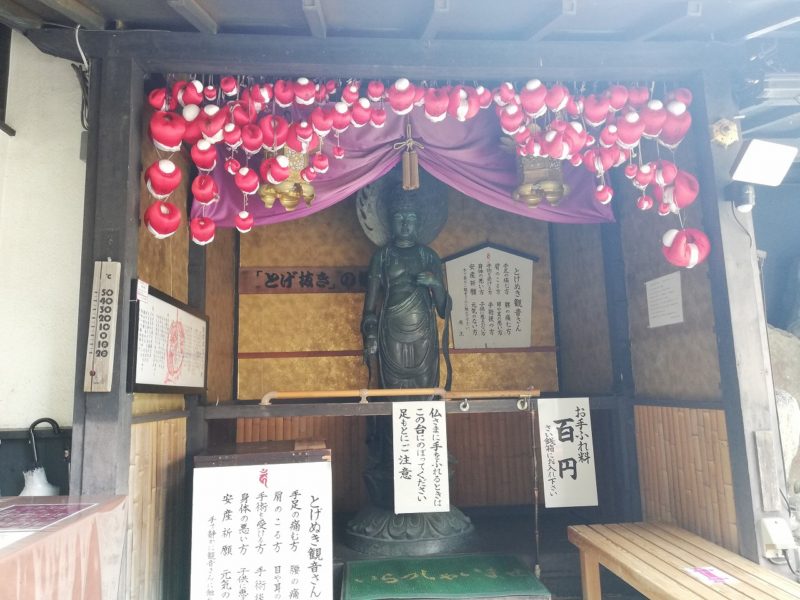
Togenuki Kannon 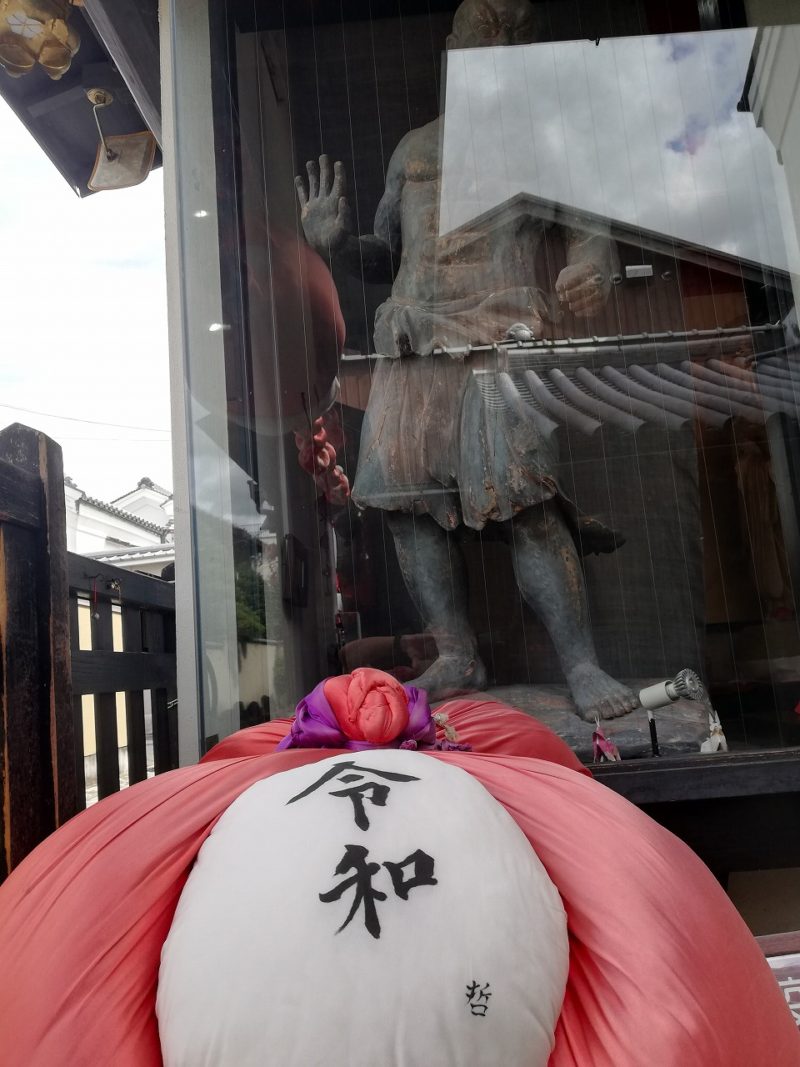
Big “Reiwa” Koshin-san, Red cloth monkey doll 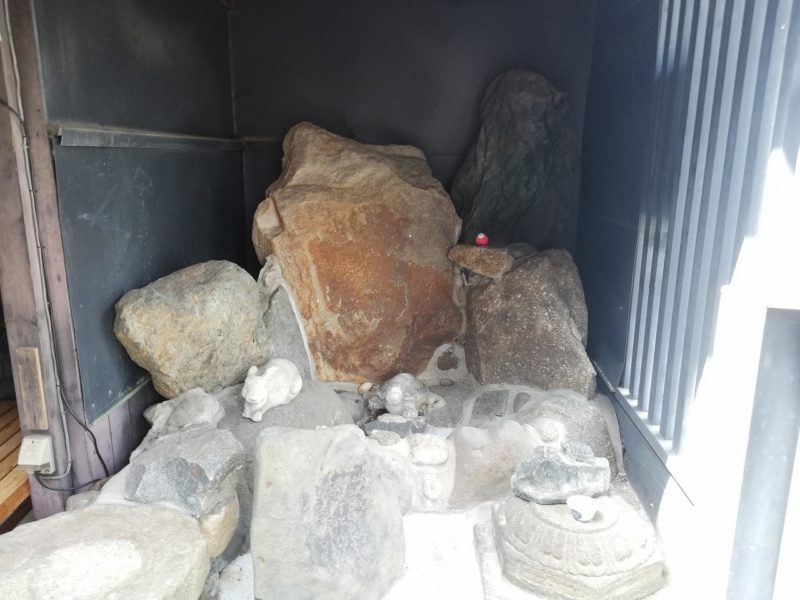
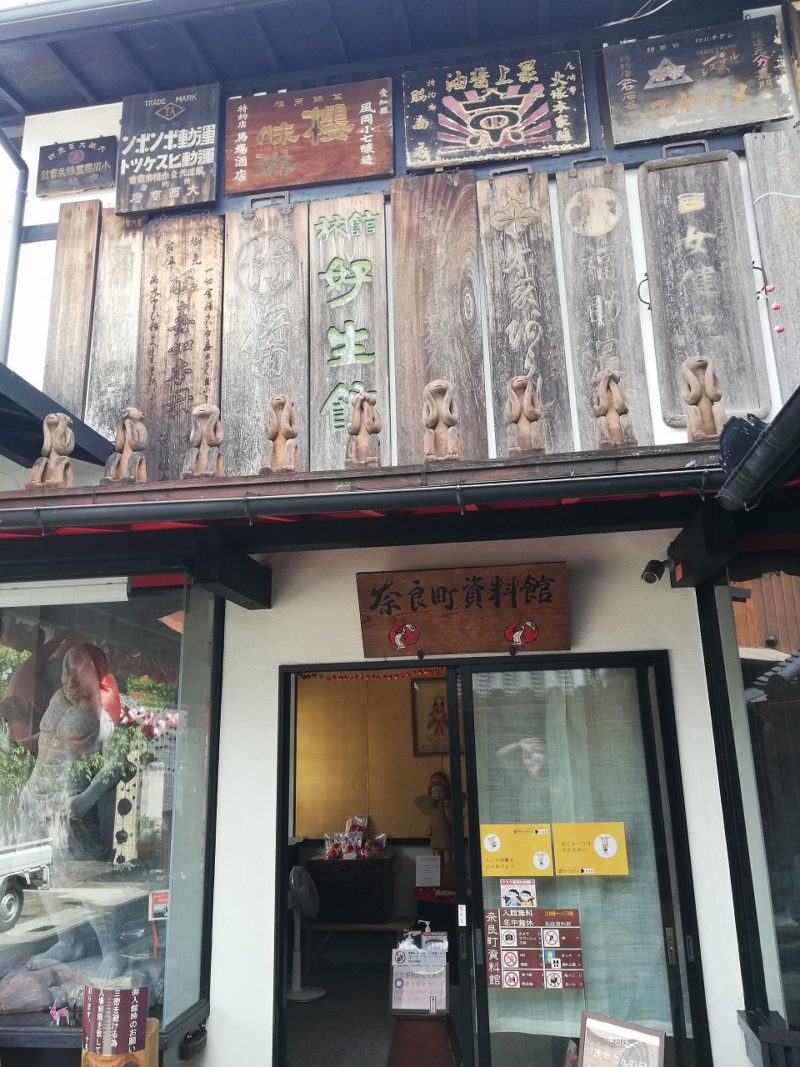
Entrance – Naramachi Museum (Shiryokan)
Kissho-Tennyo 吉祥天女 & Naramachi Jizo ならまち地蔵さん
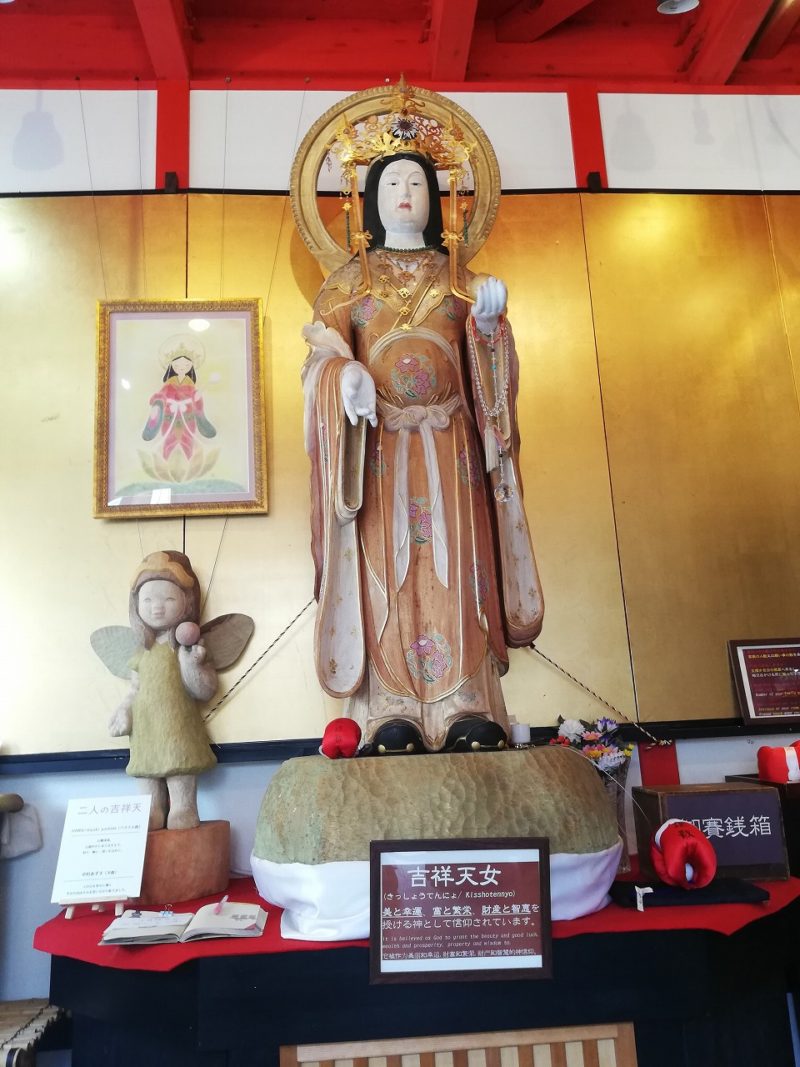
Kissho-Tennyo : Heavenly maiden of Buddhism 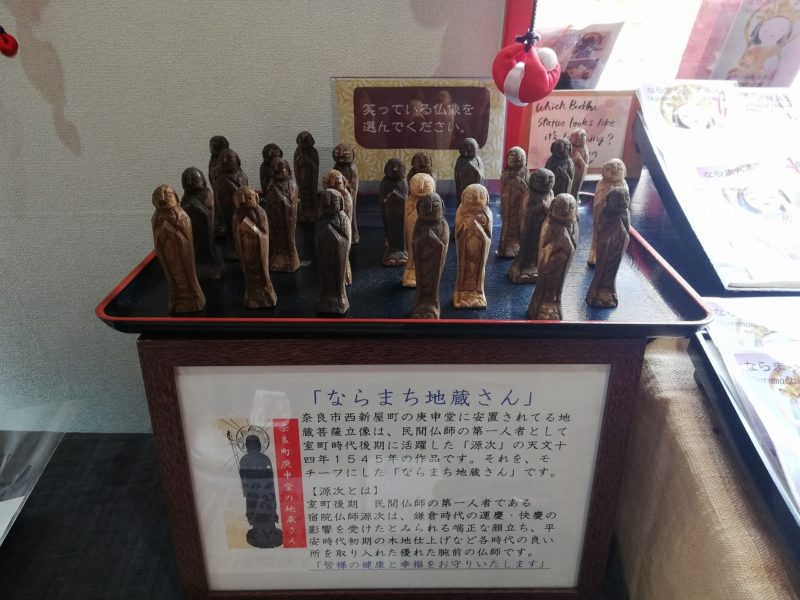
Miniature of Naramachi-Jizo 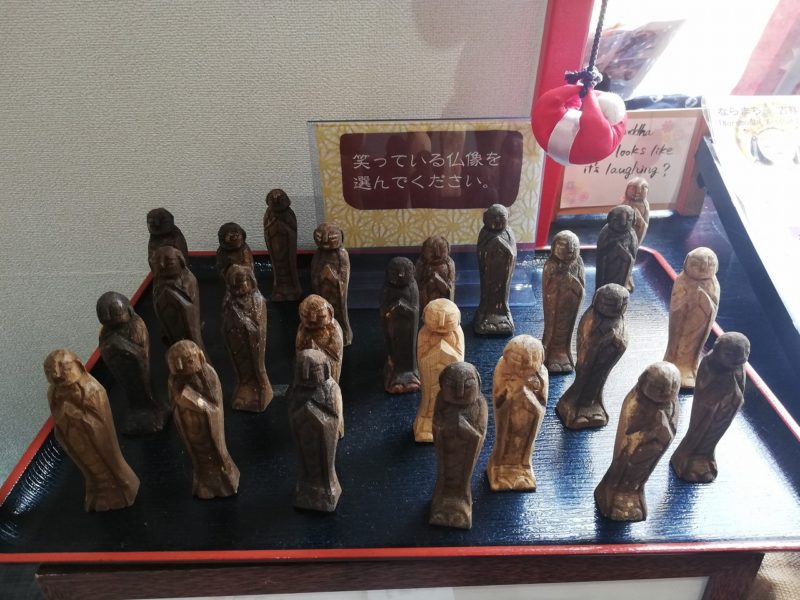
Miniature of Naramachi Jizo
Kissho-Tennyo is a heavenly maiden of Buddhism, brings the good fortune and good matchmaking.
Jizo is the guardian deity who protect the kids and travelers.
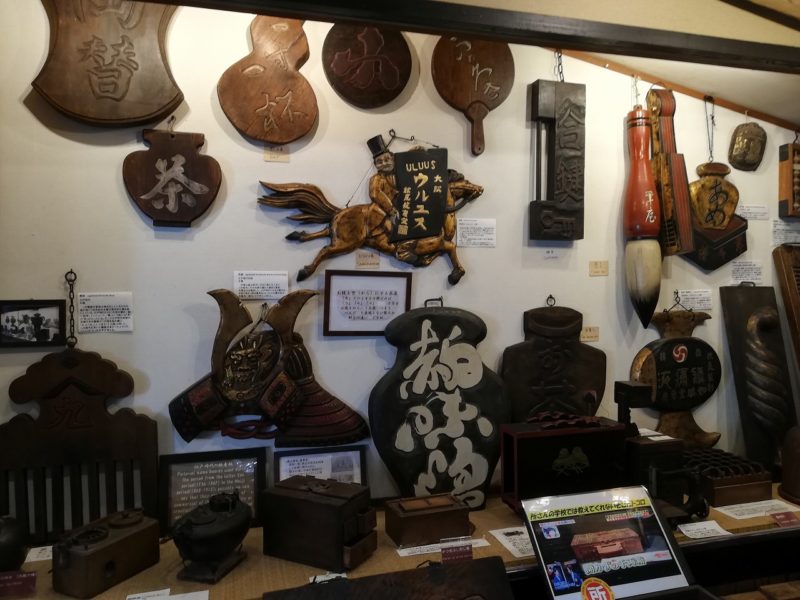
KOSHIN-SAN – Migawari Zaru
Migawari-zaru – Red cloth monkey dolls
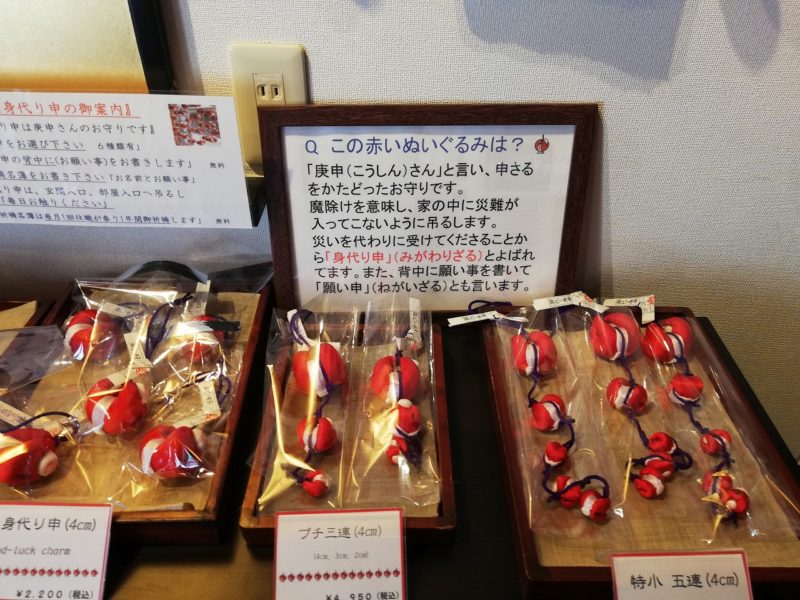
Koshin-san 庚申さん
Migawari-zaru(身代り申)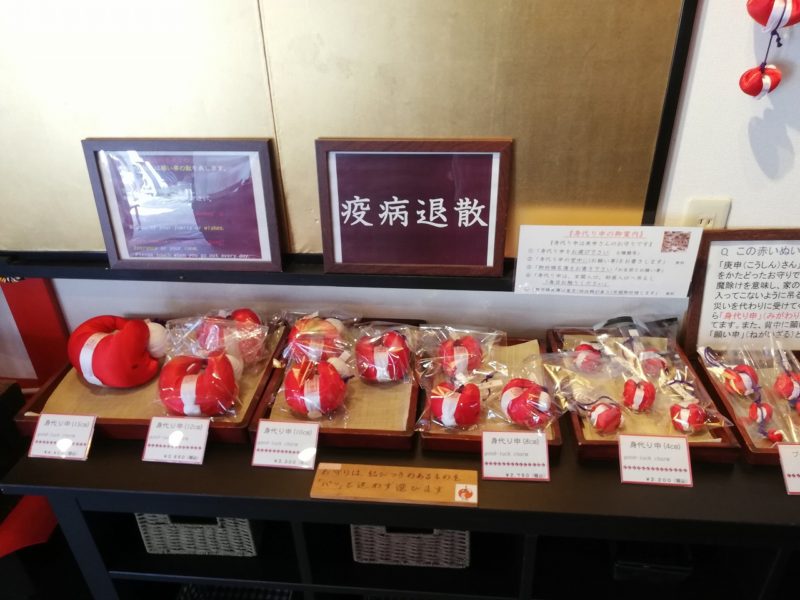
Koshin-san 庚申さん
Migawari-zaru(身代り申)
Migawari – Zaru literally means “Sacrificed Monkey” instead of you. These red cloth monkey dolls are considered divine messengers of “KOSHIN-SAN”. If you wear these red monkeys as a good-luck charm. They will sacrifice themselves to protect you from illness and accidents. You can also hang them at the doorway of your house with your wish written on their curled backs.
Shomen-Kongo known as Koshin-san
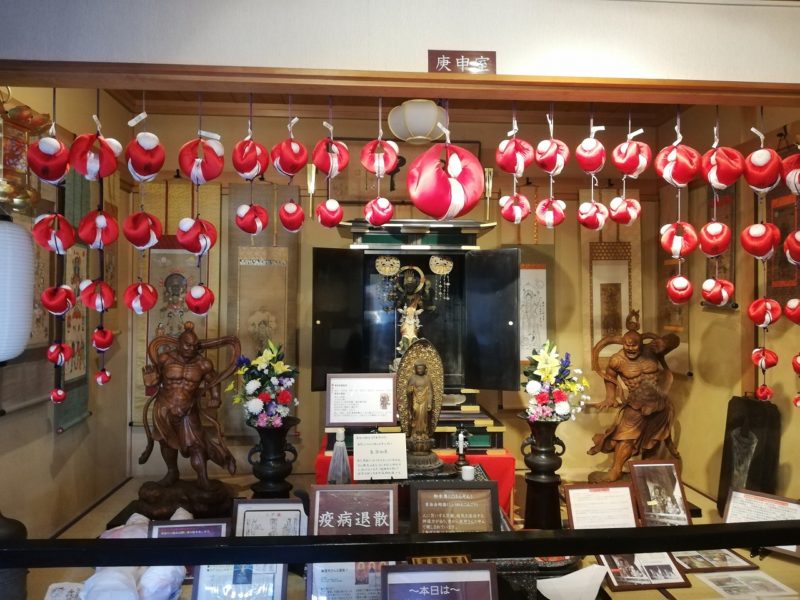
Shomen-Kongo known as Koshin-san 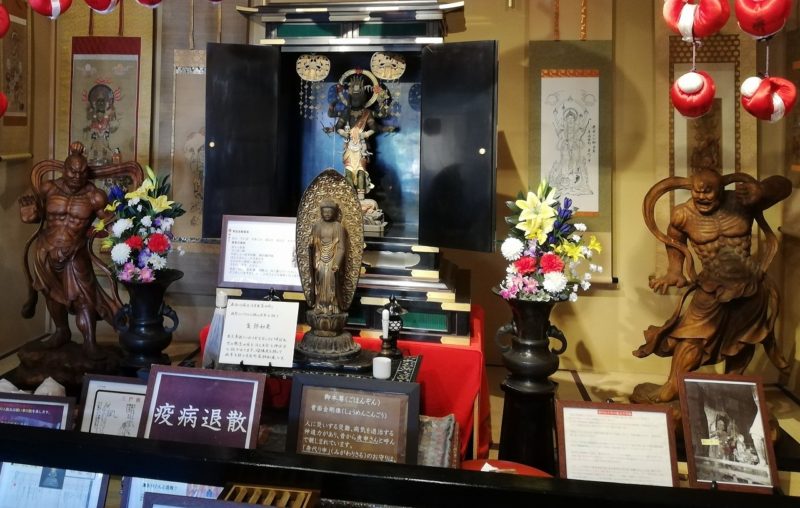
Shomen-Kongo known as Koshin-san & Yakushi Nyorai 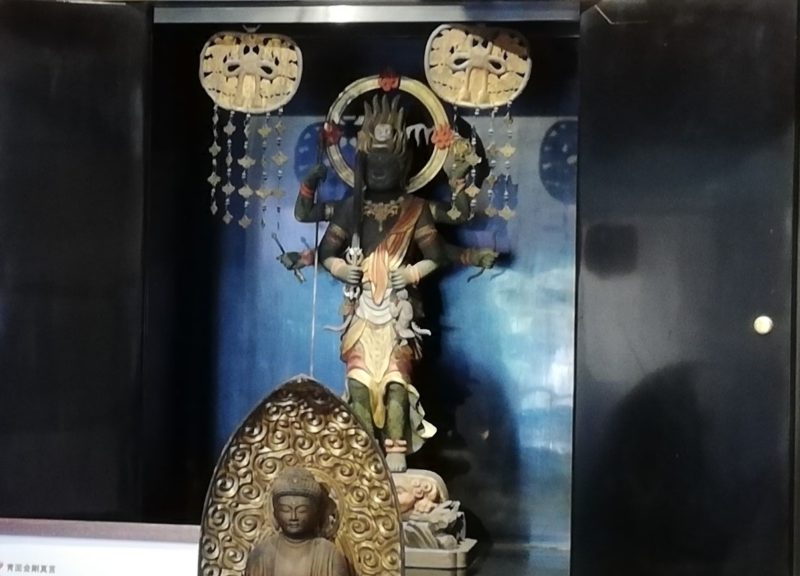
Shomen-Kongo (青面金剛像)known as Koshin-san(庚申さん)
Koshin(庚申)beliefs was originated from Chinese Taoism and Japanese local beliefs. “Shomen-Kongo” commonly known as “KOSHIN-SAN” is a wooden colored sculpture with 6 arms, one of the right hand has a sword and left hand grasps the hair of prayer. Its got a furious face, angry eyes and wide open mouth.
Naramachi Koshindo Hall
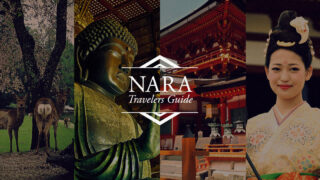
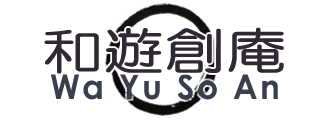
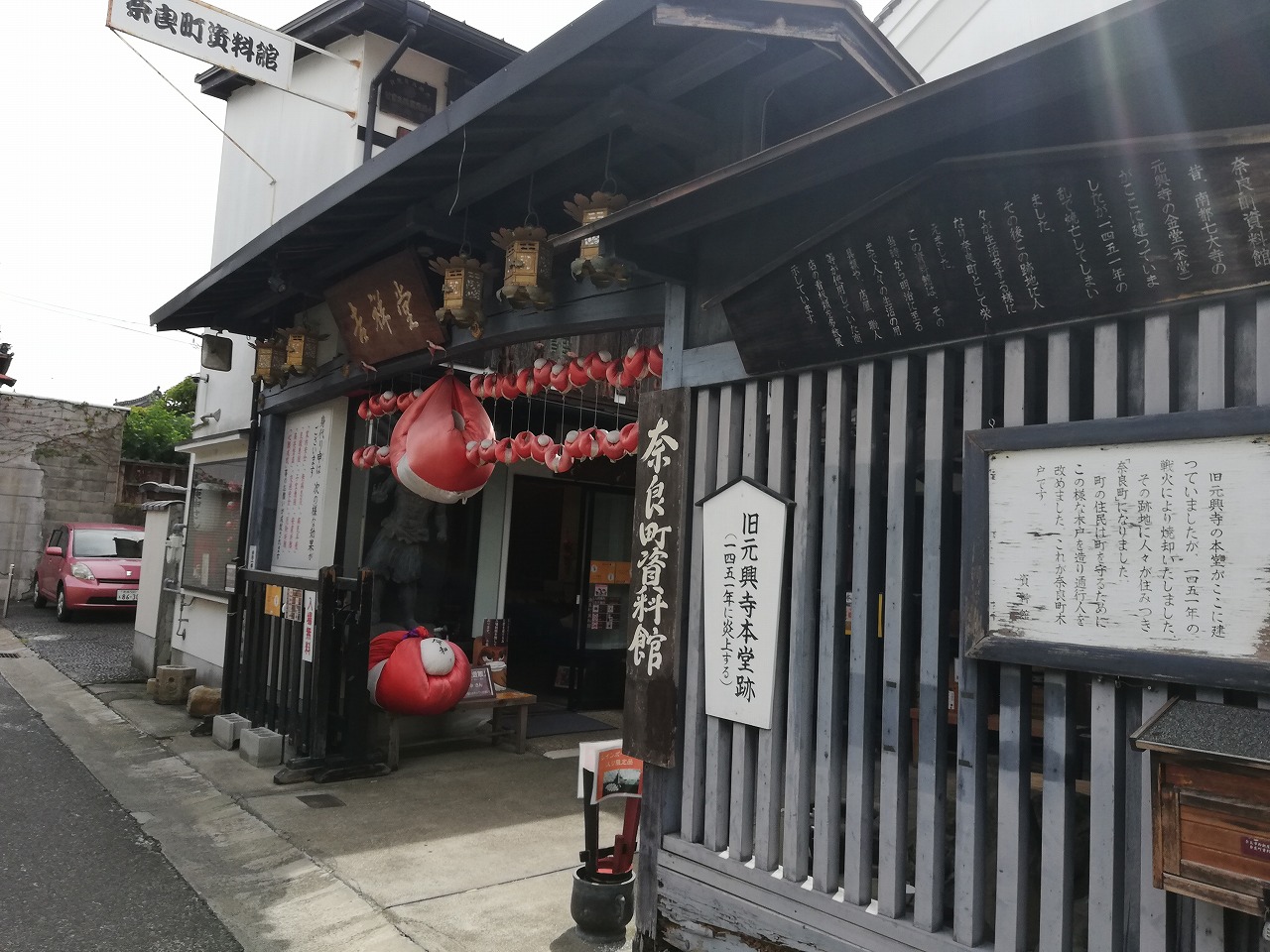
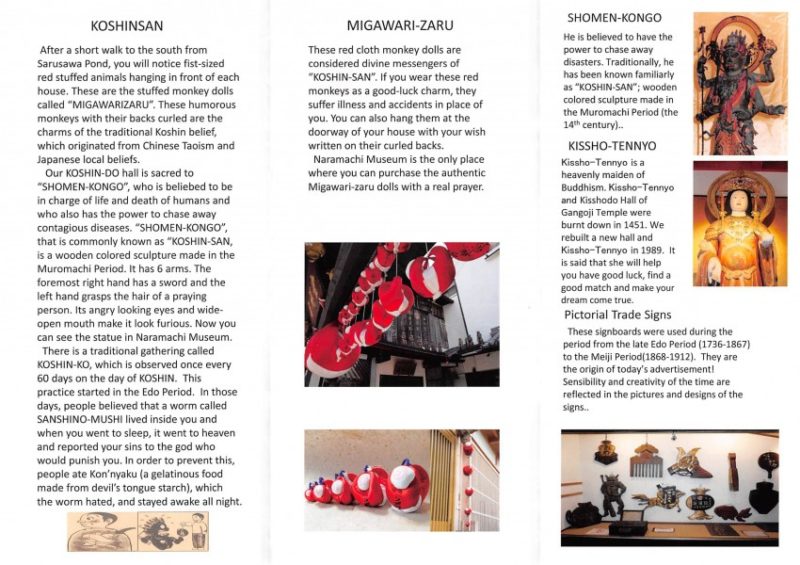
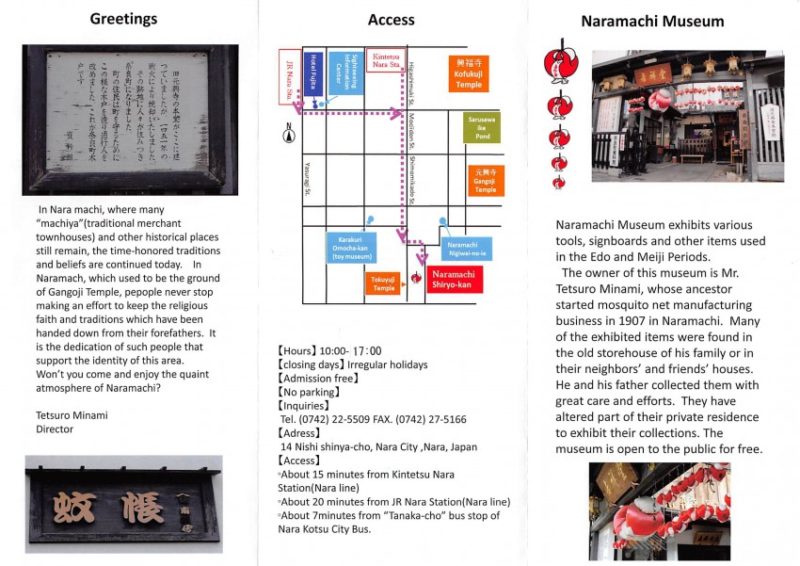
コメント